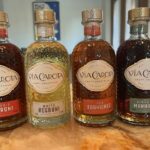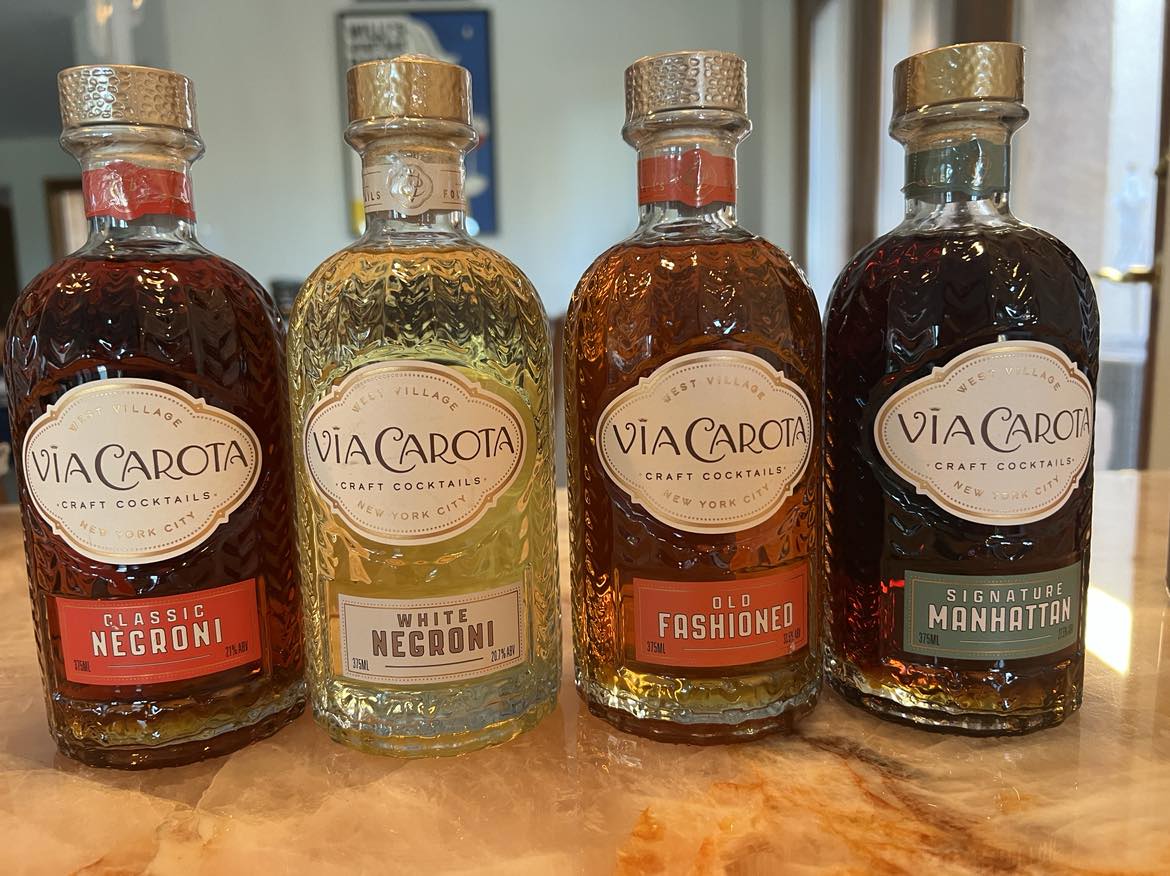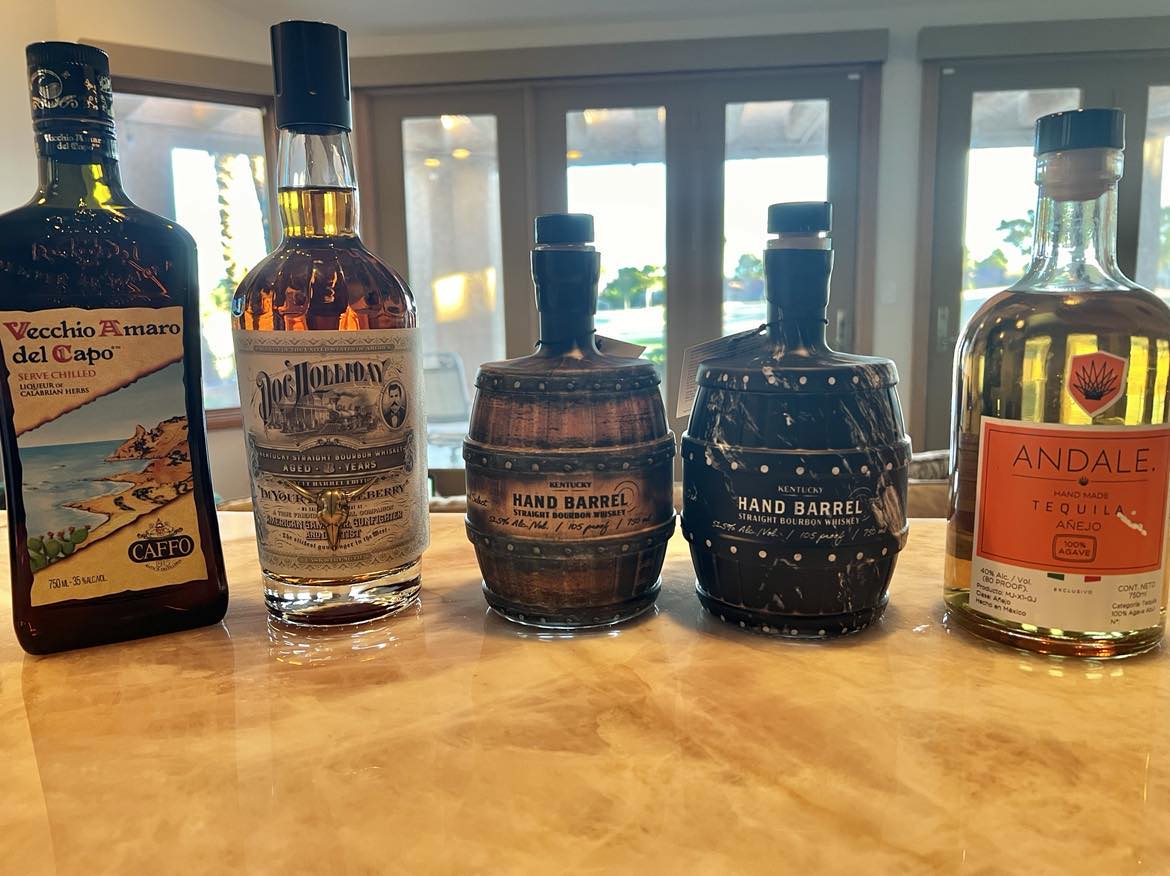The use and influence of oak barrels on wine is very unique and a lot more complex than one can imagine. Not only does the chemistry of the wood influence the wine, but also the structural design of the oak barrel. In this article, I will try to approach how oak barrels influence the wines we drink based on chemistry, construction, preparation and use.
The most popular and most desired barrels are made from French oak. French barrels are also the most expensive in the wine industry. The wood used by the French come from 5 forests (Allier, Limousin, Nevers, Trancais and Vosges). These forests date back to the Napoleon era where these forests supplied wood for ship building. The process used by the French Cooper (person who builds conical woodened staved vessels) is to split the oak to make the wooden staves for the barrel. Splitting rather than cutting the staves with a saw produce a more subtle effect or influence on the wine. The staves are then seasoned by allowing them to naturally age outdoors in the elements for up to 3 years to remove harsh tannins from the wood.
American Oak barrels are produced quite differently. The Oak wood used by American Coopers is a white oak and is found in the Eastern United States as well as Missouri, Minnesota and Wisconsin. Recently, another white oak species from Oregon is starting to be used as it shares a lot of similarities to the French Oak. Aside from the differences in the woods, the American Cooper’s have a different technique for building their barrels.
The Staves are cut using a saw rather than splitting the wood like the French. This causes a drastic impact on the wine as it ruptures the xylem (tissue that transports water and nutrients) releasing vanillin aromatics and lactones responsible for the vanilla and coconut notes in a wine. I am sure that many of you have had a wine where you detect aroma and/or flavor of vanilla in a wine. The vanilla flavors are caused by phenols within the wood that interact with the wine. This can also lead to impressions of tea notes or sweetness.
The 2002 Marquis Philips Shiraz 9 was a classic example that displayed a heavy influence of American Oak. On the palate, the intense buttery vanilla flavor was very pronounced in the profile of this wine. I am sure that all of you have experienced this with various wines both red and white.
Another characteristic that effects the flavor profile in wine is the tightness of the wood grain. French oak has a very tight grain which imparts the oak profile more slowly thus not producing large notes of buttery vanilla aroma and flavor as American oak which does not have as tight a grain. With the process used by American Coopers where the staves are cut with a saw and with the looser grain profile of the oak compared to the French oak, it is very common to smell and taste the buttery vanilla. If the aroma and flavor profile is more oaky it is most likely French oak barrels that were used.
The choice of wood and construction of the barrels is only a start on how oak barrels influence wines. Another influence on the wine is controlled by how much toast is given to the inside surface of the barrel. Oak barrels once constructed, are toasted with an open flame to one of three different degrees of toast: light, medium, and heavy, depending on the desires of the winemaker to impart more or less of the oak influence on the wine.
Wines aged in heavier toasts will have softer tannins and will display an aroma/flavor profile of spice, smoke, roasted coffee, ginger, nutmeg, leather and smoked meats. Lighter toasts preserve more of the natural flavors of the wine but at the cost of having increased tannins. More oak flavors are also imparted to the wine. Wines with a medium toast display notes of clove, coconut and tea. As oak barrels are used over time, the wood will age and become neutral providing little influence to the wine. This usually occurs within 5 years.
A key point to remember is that it is up to the Cooper’s judgment during the toasting process to provide the winery with a barrel that meets the specification of the winery for the wine they are making. This is an art and you can see how a lot of variability can occur in wines from barrel to barrel.
Let’s get into the effects that a completed barrel has on a wine. An oak barrel has a certain amount of porosity to the wood. This allows for some evaporation to occur over time. As an example, wine in a typical 59 gallon barrel can lose up to 6 1/2 gallons a year. This equates to a loss of 11% of the volume. Since evaporation occurs, we must also realize that the porosity also allows a pathway for small amounts of oxygen to get in.
The good thing is the evaporated liquids are primarily alcohol and water which allows the wine to concentrate. The very small amount of oxygen that gets into the barrel assist in softening the wine. The amount of oxygen getting into the barrels is too small to lead to oxidation or spoilage.
There is a benefit to maturing wines in oak where the wine can breathe slightly. One question that I have pondered is, with the introduction of screw caps and synthetic corks for wine bottles, are we affecting the development of the wines by eliminating the ability of a wine to breathe a little.
A good friend of mine told me that a wine in a bottle is a living thing. Are we affecting its development before they mature? Maybe if they are drink now wines, it may not be an issue, but a fine 1st Growth Bordeaux that we would put into our cellars for 20 or more years, it may be an issue. Something to think about.
World Cooperage in Napa Valley defines five distinct flavor categories that various kinds of oak contribute to wine:
· EARTHY: Ash, Mushroom, Shoe Box, Wet Cardboard, Musty, Leather.
· HERBACEOUS: Weedy, Dill, Mown Hay, Menthol, Grass, Tobacco.
· WOODY: Planky, Cedar, Sawdust, Pencil Shavings, Sappy, Green, Pine, Tar, Resin.
· ASTRINGENT: Harsh, Chewy, Bitter, Angular, Tannic, Drying.
· SPICY: Clove, Cinnamon, Coconut, Vanilla.
World Cooperage finds seven categories of flavor that can result from toasting the barrel:
· SWEET: Brown sugar, Bourbon, Cotton Candy, Chocolate, Maple Syrup, Butterscotch, Hot fudge, Caramel, Molasses, Honey, Toffee, Soy.
· CREAMY: Vanilla, Cream soda, Marshmallow, Lactic, Butter.
· YEASTY: Popcorn, Baked Bread, Bread stick, Cookie dough.
· NUTTY: Hazelnut, Walnut, Almond, Peanut butter, Coconut.
· ROASTED: Cedar, Graham cracker, Toasted bread, Coffee, Mocha, Cereal.
· SMOKY: Barbecue, Grilled Meat, Bacon, Sweet smoke, Burnt sugar.
· SPICY: Nutmeg, Cinnamon, Clove, Licorice, Anise.
· HERBACEOUS: Weedy, Dill, Mown Hay, Menthol, Grass, Tobacco.
· WOODY: Planky, Cedar, Sawdust, Pencil Shavings, Sappy, Green, Pine, Tar, Resin.
· ASTRINGENT: Harsh, Chewy, Bitter, Angular, Tannic, Drying.
· SPICY: Clove, Cinnamon, Coconut, Vanilla.
World Cooperage finds seven categories of flavor that can result from toasting the barrel:
· SWEET: Brown sugar, Bourbon, Cotton Candy, Chocolate, Maple Syrup, Butterscotch, Hot fudge, Caramel, Molasses, Honey, Toffee, Soy.
· CREAMY: Vanilla, Cream soda, Marshmallow, Lactic, Butter.
· YEASTY: Popcorn, Baked Bread, Bread stick, Cookie dough.
· NUTTY: Hazelnut, Walnut, Almond, Peanut butter, Coconut.
· ROASTED: Cedar, Graham cracker, Toasted bread, Coffee, Mocha, Cereal.
· SMOKY: Barbecue, Grilled Meat, Bacon, Sweet smoke, Burnt sugar.
· SPICY: Nutmeg, Cinnamon, Clove, Licorice, Anise.
In conclusion, we can see that it is not just the terroir or vintner that affects the final product that we so dearly enjoy. Look at the changes and additions of flavors that become a part of the wine just from the oak barrels. Things like the choice of wood (American or French), whether the wood is split or cut, the amount of toasting (light, medium or heavy), the depth of the char or even the age of the barrels all influence the final product.
The next time you sit down with a glass of wine, look beyond the fruits in the aroma and flavor and look for the aromas and flavors that may have been the result of an oak barrel that was designed specifically for the wine that you are drinking. After researching this topic, I applaud the Coopers that make the barrels. They too are artist in the production of the fine wines that we drink and enjoy so much.
Cheers,
Rusty Sly
Rusty Sly










